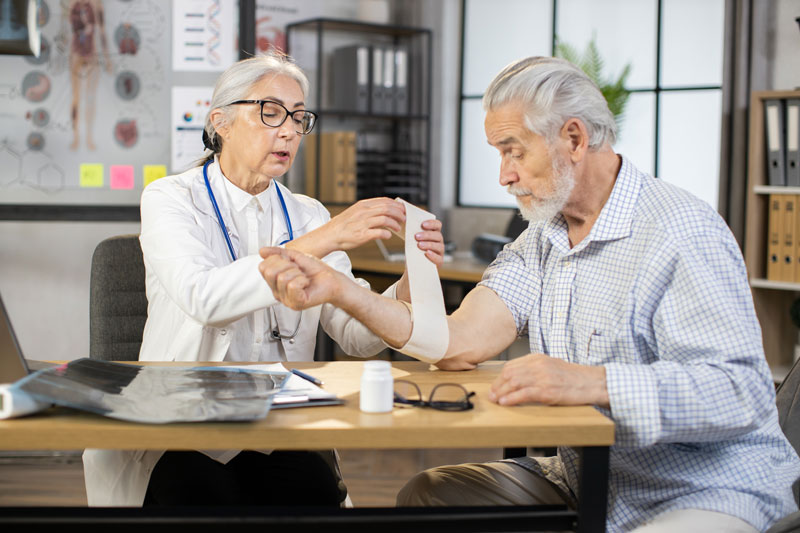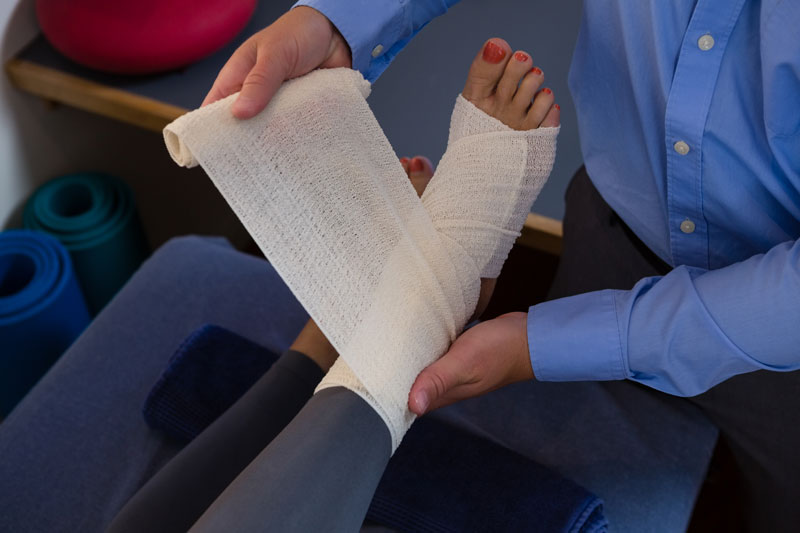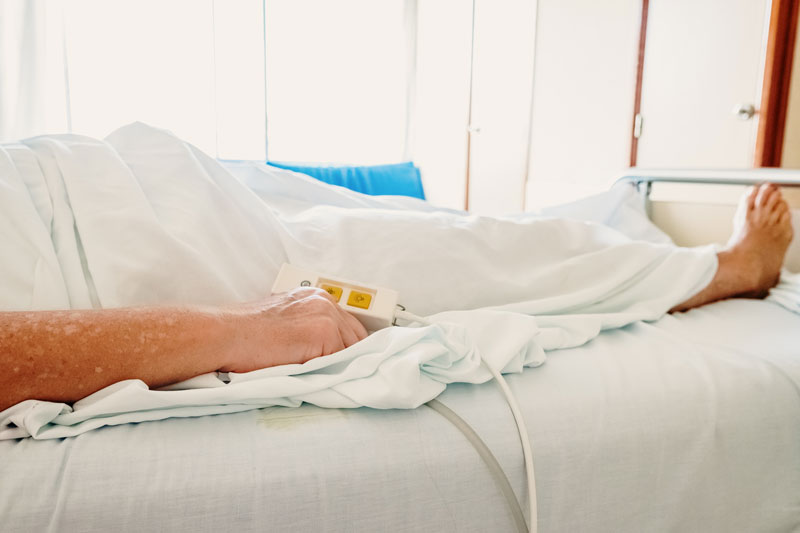What are Wound Dressings?
Wound dressings are specialized materials used in mobile wound care to cover and protect various types of wounds, supporting the body’s natural healing processes. These dressings come in different forms, each designed to address specific wound characteristics and promote optimal healing. Examples of wound dressings include:
- Calcium Alginate Dressings: These dressings are derived from seaweed and are highly absorbent, making them suitable for wounds with heavy exudate. They form a gel when in contact with wound fluid, aiding in wound debridement.
- Wound Wash Dressings: Wound wash solutions are used to cleanse wounds gently, removing debris and bacteria to create a clean environment for healing.
- Sodium Alginate Dressings: Similar to calcium alginate dressings, sodium alginate dressings are absorbent and can help manage moderate to heavily exuding wounds.
- Hydrogel Dressings: Hydrogel dressings maintain a moist wound environment and are particularly useful for wounds that need rehydration, such as burns or dry necrotic wounds.
- Hydrocolloid Dressings: These dressings are adhesive and help create a moist environment for healing. They are ideal for wounds with light to moderate exudate and can provide a protective barrier.
- Collagen Dressings: Collagen dressings contain collagen derived from animal sources or human amniotic tissue. They promote tissue regeneration and are beneficial for chronic wounds and ulcers.
Mobile wound care professionals select and use these dressings based on the wound’s characteristics and the patient’s specific needs to ensure the most effective wound management and healing outcomes.
Why are Wound Dressings Performed?
Wound dressings are performed in mobile wound care to serve several critical purposes in the wound-healing process. First and foremost, they provide a protective barrier against external contaminants and bacteria, reducing the risk of infection. Additionally, wound dressings help maintain an optimal moisture balance at the wound site, which is crucial for effective healing. They also facilitate the removal of excess exudate (fluid produced by wounds) and necrotic tissue, promoting a cleaner environment conducive to tissue regeneration. Wound dressings are essential tools in mobile wound care, ensuring wounds are adequately protected, supported, and on the path to efficient healing.
How are Wound Dressings Performed?
The application of wound dressings in mobile wound care is a meticulous process carried out by trained healthcare professionals. It begins with a thorough assessment of the wound’s type, size, and characteristics. Based on this evaluation, the appropriate dressing type is selected to best suit the wound’s needs.
The dressing is then carefully placed over the wound, taking care to ensure it adheres securely and covers the entire affected area. The frequency of dressing changes and the duration of treatment depend on the wound’s condition and the specific dressing used. Throughout the healing process, mobile wound care providers monitor the wound’s progress, make necessary adjustments to the dressing type or regimen, and provide ongoing care to optimize the healing outcome. This methodical approach ensures that wound dressings are effectively applied and contribute to the successful healing of a wide range of wounds and ulcers.
What To Expect After Wound Dressings
After wound dressings have been applied in mobile wound care, patients can anticipate a gradual improvement in the wound healing process. Depending on the type and severity of the wound, the post-dressing period may involve reduced inflammation, pain, and discomfort. Wound dressings create a conducive environment for tissue regeneration, helping the wound to close efficiently.
Patients should also expect periodic dressing changes as part of their treatment plan, allowing healthcare professionals to monitor the wound’s progress and ensure that the dressing continues to support the healing process. Overall, the use of wound dressings in mobile wound care aims to provide a safe and effective means to protect, manage, and heal wounds, ultimately leading to improved patient well-being.
Frequently Asked Questions about Wound Dressings
1. How often should wound dressings be changed?
The frequency of wound dressing changes varies depending on the type and condition of the wound. Mobile wound care professionals will determine an appropriate dressing change schedule based on your specific wound’s needs. Some wounds may require daily changes, while others may need less frequent attention. Regular monitoring by healthcare providers ensures that the dressing remains effective and supports the healing process.
2. Can I change my wound dressings at home?
In some cases, healthcare providers may teach patients or their caregivers how to perform dressing changes at home. However, this should only be done under professional guidance and with thorough training. The choice to change dressings at home depends on the wound’s complexity, patient’s health condition, and the availability of suitable supplies. It is crucial to follow your healthcare provider’s instructions carefully to maintain a sterile environment and promote proper wound healing. Always consult with your healthcare team before attempting home dressing changes.







